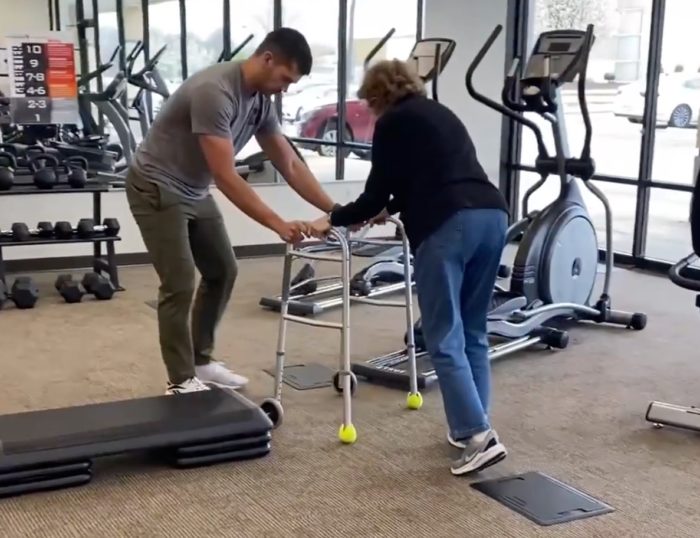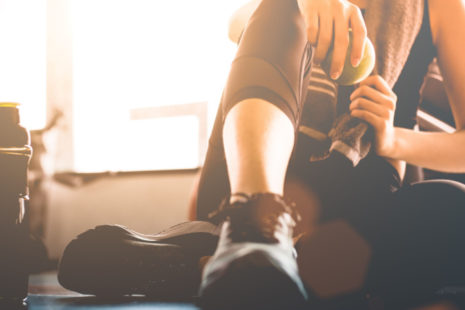Yes, stretching can be beneficial for relieving lower back pain. Regular stretching exercises that target the muscles of the lower back, hips, and legs can help improve flexibility, reduce muscle tension, and alleviate lower back pain. When done correctly and consistently, stretching can be an essential component of a comprehensive approach to managing lower back pain.
Here are some ways in which stretching can help with lower back pain
- Flexibility Improvement – Tight muscles in the lower back and hips can contribute to lower back pain. Stretching helps improve the flexibility of these muscles, reducing the strain on the lower back and promoting better movement.
- Reduced Muscle Tension – Stretching can help release muscle tension and knots that may develop in the lower back due to poor posture, overuse, or inactivity.
- Improved Circulation – Stretching increases blood flow to the muscles, which can aid in the delivery of nutrients and oxygen, promoting tissue healing and reducing soreness.
- Enhanced Range of Motion – Regular stretching can improve joint flexibility and range of motion, making it easier to perform daily activities and reducing the risk of injury.
- Relaxation and Stress Reduction – Stretching exercises, especially those involving deep breathing and relaxation techniques, can help reduce stress and promote relaxation. Lower back pain can be exacerbated by stress and tension, and stretching can help alleviate these factors.
- Support for the Spine – Strengthening and stretching the muscles around the spine can provide better support and stability for the vertebral column, reducing the risk of strain and injury.
When incorporating stretching into your routine for lower back pain relief, consider the following tips
- Warm-up – Always warm up your muscles with light activity, such as brisk walking or gentle movements, before stretching to prevent injury.
- Consistency – Perform stretching exercises regularly, ideally daily or as recommended by your healthcare professional or physical therapist.
- Hold Each Stretch – Hold each stretch for about 20-30 seconds, avoiding bouncing or jerking movements.
- Breathe: Breathe deeply and naturally during stretching to help relax the muscles and increase the effectiveness of the stretch.
- Listen to Your Body – Stretch only to the point of mild tension, not pain. If you experience pain, stop immediately and consult a healthcare professional.
If you have chronic or severe lower back pain, it’s crucial to consult with a healthcare professional or a physical therapist before starting any stretching routine. They can evaluate your condition, provide personalized stretching exercises, and recommend other appropriate treatments to manage your lower back pain effectively and safely.




